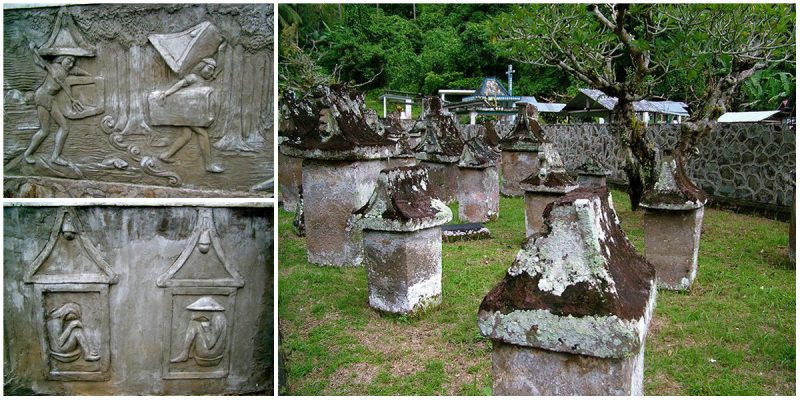Waruga are a type of sarcophagus or above ground tomb traditionally used by the Minahasans of North Sulawesi, Indonesia.
During the ancient time of Minahasa, the body of dead people would be put inside Waruga in a squatting position, originally wrapped in woka, a type of leaf. The Minhasa believed that their ancestors came from the north so the bodies were put in a position facing north.
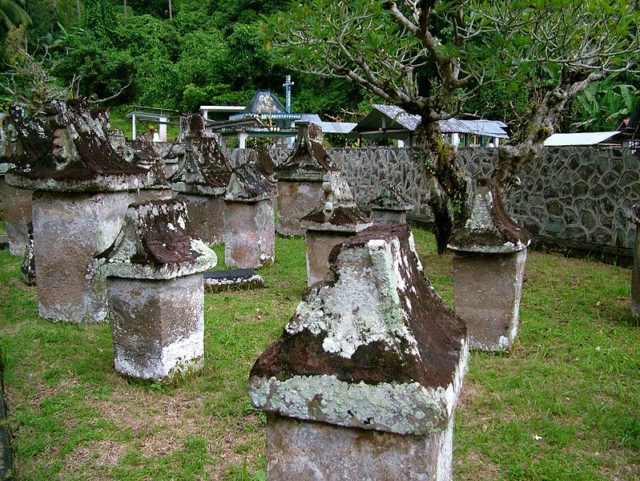

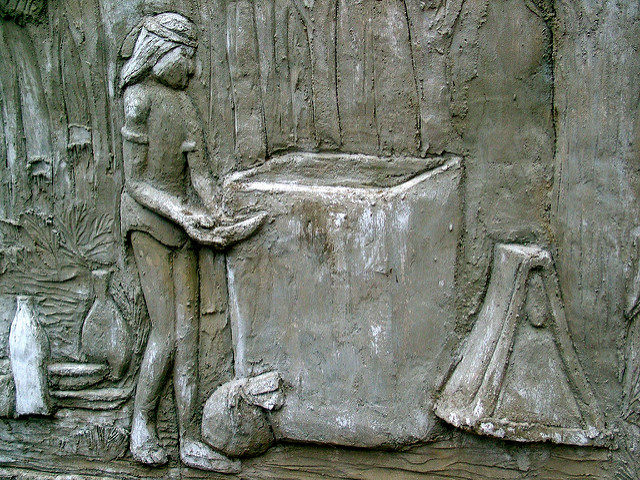
They are made of stone and consist or a ridged upper part and a box-shaped lower section. The top cover has the shape similar to a roof so the whole Waruga looks like a house, a tradition kept since 1600AD.
The graves vary, depending on the profession or social status of the person that has been buried. If the ornament is a human, that signifies that the deceased used to be a leader. If it is a cow, then the deceased was a hunter.
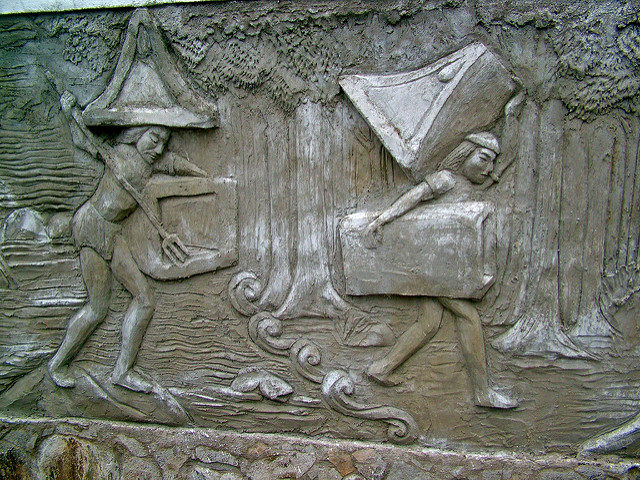
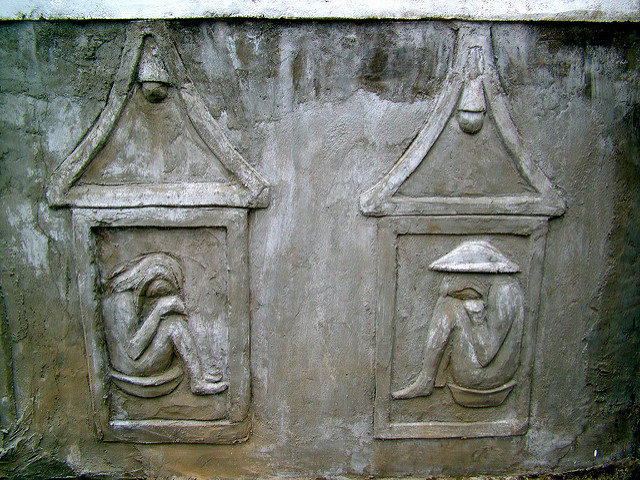
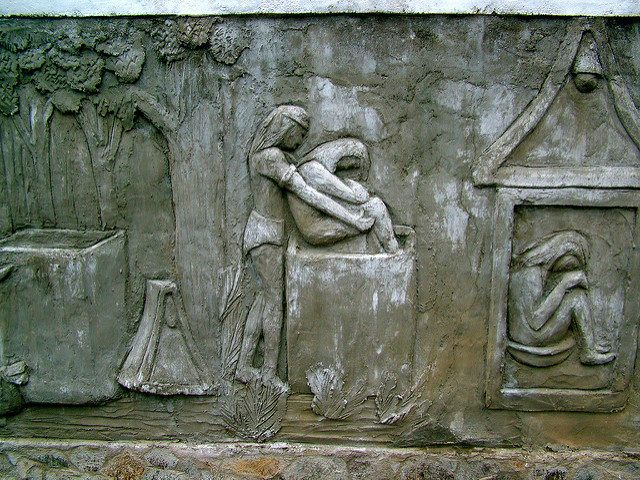
The Waruga was sometimes used to keep more than one dead body. Maximum capacity of Waruga is about 12 people, usually from the same family. There are about 370 Warugas (waruga-waruga) in Rap-Rap (15), Airmadidi Down (211) and Sawangan, North Sulawesi (144).
They are a tourist attraction, listed as a UNESCO World Heritage Site since 1995 in the waruga archaeological park in Sawangan, around 40 Km from Manado city.
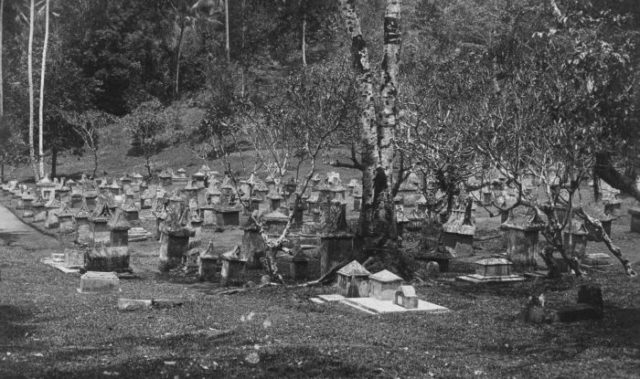
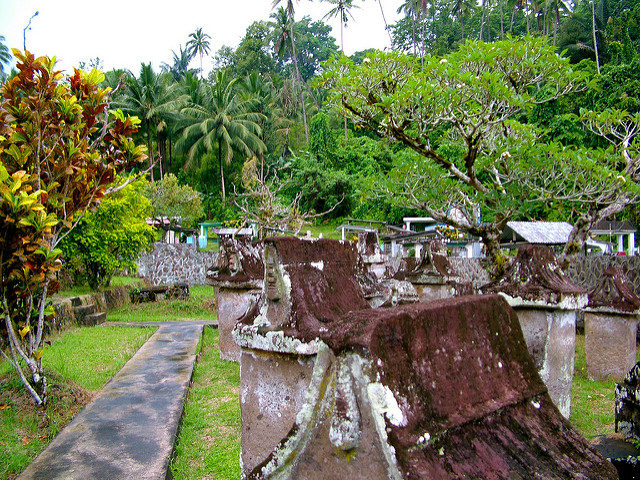

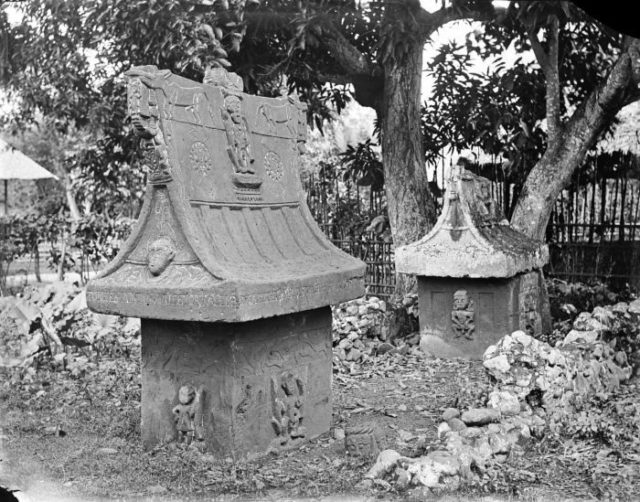
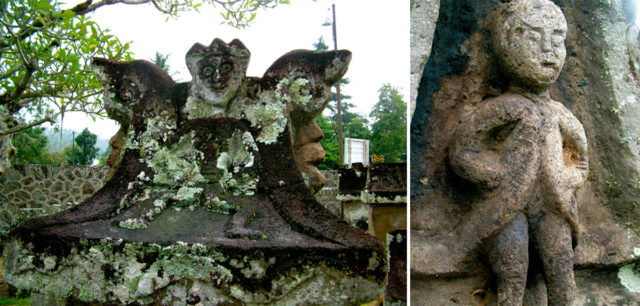
At the entrance of the site, there is a relief wall that tells a story about how to make Waruga and how to use it.
The Dutch banned the use of waruga in the 19th century and the Minahasa started making coffins to bury the dead because they were afraid of the disease outbreak (typhoid and cholera).
